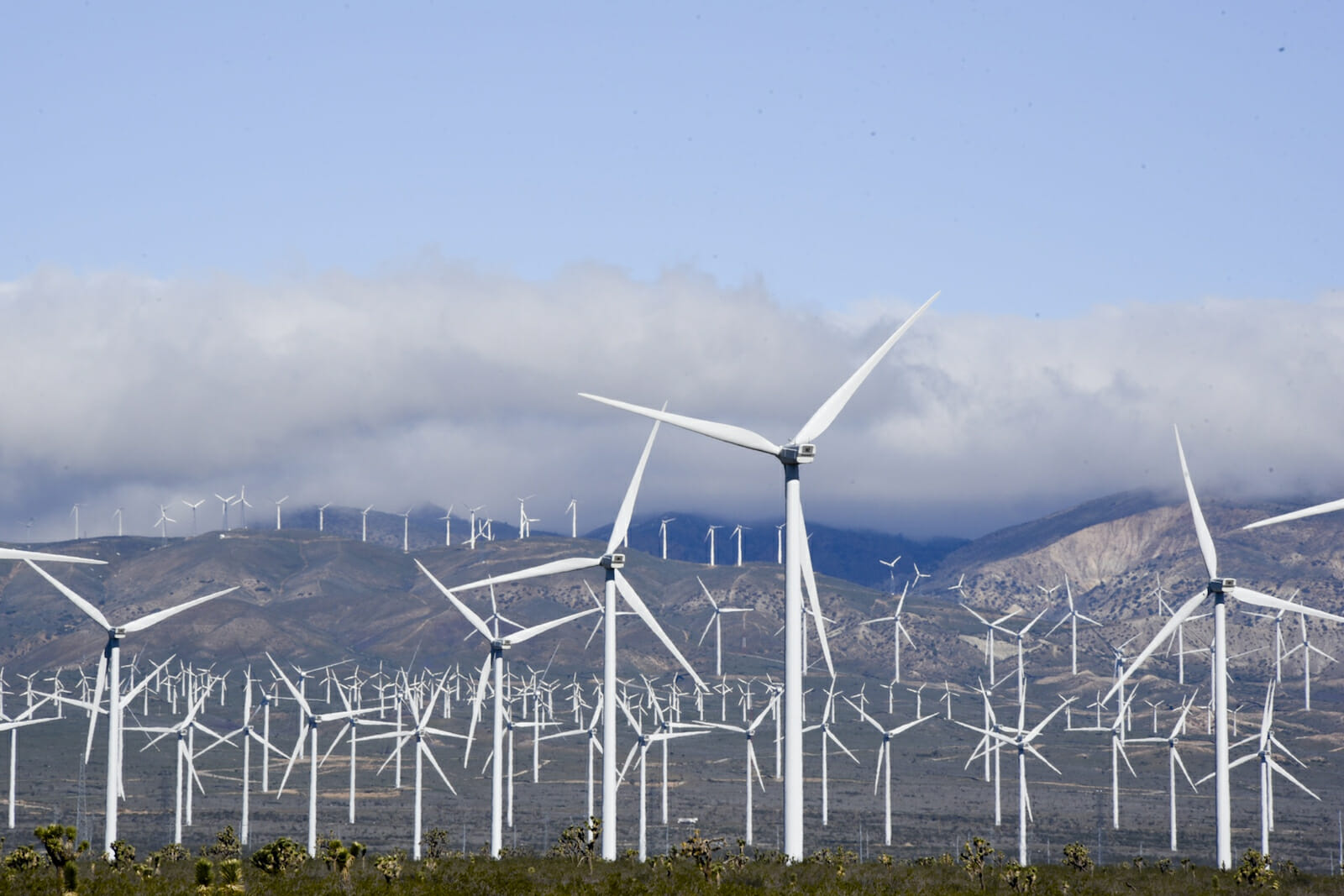
Health
Fact vs. Fiction: Are Wind Turbines Making People Sick?
The transition from fossil fuels to renewable energies has been a long one, and there’s still much work to be done. Even so, positive signs are everywhere: The U.S. currently enjoys top billing as the world’s most prolific generator of electricity via wind turbines. But like any great change, this one has come with its share of doubt and detractors.
Many people in parts of the country with higher concentrations of wind turbines claim the proximity of these constructs to residential areas has had a demonstrable negative influence on their sleep patterns and even their quality of life. Most of the claims involve the low-frequency sounds and vibrations turbines give off while they’re generating power.
So what do these residents claim, exactly? And more importantly, is there any scientific and peer-reviewed evidence to give their complaints credence?
What’s the (Alleged) Problem?
Generating electricity with wind turbines is not without its potential shortcomings, but few would have predicted backlash based on their noise output. Wind turbines give off faintly audible sounds in the bass range, but they operate practically noiselessly for the most part.
And yet, in states like Vermont, New York and Massachusetts, where industrial-scale wind projects are increasingly common, complaints from nearby residents have forced public officials to examine allegations that these turbines have a negative effect on their sleep patterns, their performance at work and even their quality of life.
In one particularly extreme example, an air traffic controller named Mark Cool made a near-disastrous mistake while on the job, and attributed the lapse in concentration to wind turbine-induced insomnia. The man’s home in Falmouth, Mass., is less than a mile away from a 40-story-tall wind turbine. Cool claims his years of fatigue, distraction and stress headaches are a direct result of his proximity to the facility, and that they began just weeks after the turbine came online.
What Does Science Say About It?
2012 marked a turning point in wind power in the United States, as the year when such facilities began migrating from isolated areas toward more residential centers. But even before this, people in America, Australia, the U.K. and beyond had spent years claiming their far-ranging physical and mental health problems — including nausea, insomnia, depression and despair — were the direct result of wind technology.
Clear risks associated with prolonged exposure to loud and repetitive noises — including degradation of the sensitive hairs and tiny bones inside the human ear — can result in permanent hearing loss. But that’s not the effect these residents are describing. So, the question is, do these assertions hold up under scientific scrutiny? The answer appears to be “no.”
In fact, the answer to this alleged problem comes as close to scientific consensus as we’re likely to see. No fewer than 25 peer-reviewed scientific studies have delved into the issue and come out the other side with a straightforward answer: There is no observable correlation between one’s proximity to a wind turbine and one’s likelihood of experiencing the alleged health problems these reports detail.
Even if the physical symptoms described vary from person to person — including dizziness, nausea, dry heaving, sleep disruption, blood pressure problems and tinnitus — one key point they all have in common is stress. Doctors can observe stress physiologically by studying cortisol levels in human hair. Based on such studies, scientists have not been able to confirm a causal link between human stress levels and the sounds and vibrations wind turbines emit.
Sandra Sulsky, a co-author of one of these studies, explained their consensus this way: “It’s not that we don’t believe that people aren’t feeling well or aren’t sleeping well … what we don’t know is how that is related to [the] presence or absence of a wind turbine.” She continued: “Wind turbines may have been placed in locations where residents were already concerned about their environmental quality of life.”
Researchers admit one limiting factor in the usefulness of these studies: the lack of a “baseline” for the subjective observations here — namely, quality of life as it applies to one’s geographical location. In other words, people self-reported their levels of stress and insomnia after turbines were present. But without a similar report from before the turbine began functioning, the degree to which they can attribute alleged health problems to the technology, rather than their personal bias, is even more dubious.
Placebo and Nocebo Effects
If there’s a rational and scientifically validated explanation for this phenomenon, it’s in the placebo and “nocebo” effects. The placebo effect preys upon the human brain’s tendency to derive benefit from a stimulus from which it expects a positive result. The nocebo effect is the inverse: Wherever people expect a deleterious effect, they’re likely to find one.
Research lends credence to the nocebo effect as it applies to wind turbines. In the Netherlands, a study revealed higher incidences of self-reported sleep disturbances in areas where wind turbines were visible, versus areas where turbines were present, but not easy to spot. Another study in 2014 revealed people are more likely to complain about their health in areas where residents already hold negative views toward wind turbines.
There is, of course, a more sinister explanation for this phenomenon — and one needn’t look further than the president of the United States to find it. Donald Trump mounted a legal assault on an offshore wind farm in 2011 because he felt the “horrible” and “ugly” turbines would undermine the value of his Scottish golf course. He failed, and the owners of the wind farm have since completed it and brought it online.
There is also every reason to believe corporate-owned media outlets, which are themselves heavily indentured to fossil fuel interests, have an interest in “adjusting” the tone of the conversations surrounding climate change and renewable energies. When research revealed the animal agriculture industry was one of the gravest threats to the health of our planet, the largest news outlets wrote off the revelation as “cow farts.” It’s not hard to see how advancing this and other narratives stands to benefit incumbent energy providers.
But regardless of whether there’s an agenda at work here, science has done what it does best: due diligence. Compassion is key when anyone among us is suffering unnecessarily, but if it’s culpability we’re after, we might be tilting at the wrong windmills.

